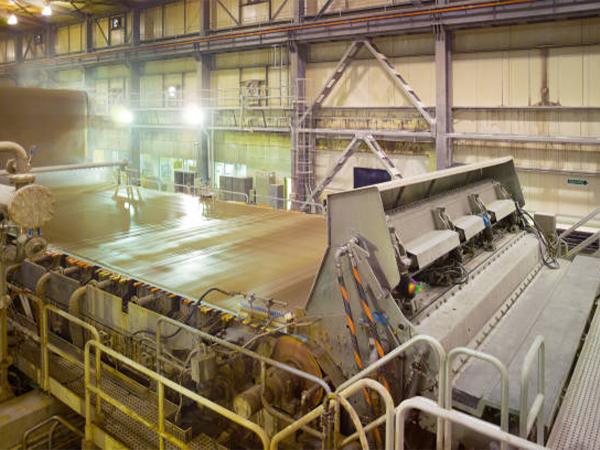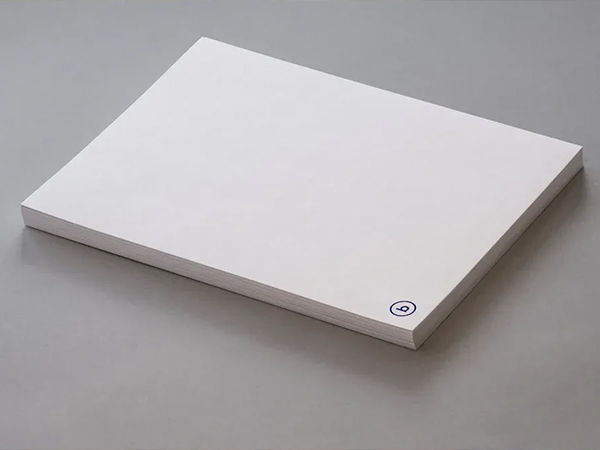In modern papermaking, the shift from acidic to alkaline sizing systems has become a global trend due to environmental concerns, process optimization, and improved paper durability. Among the various sizing technologies, the AKD sizing agent stands out as a versatile and high-performance solution for producing water-resistant paper under neutral to alkaline conditions.
The Rise of Neutral Sizing Technology
Historically, rosin-based acidic sizing dominated paper manufacturing, but it brought challenges such as machine corrosion, poor paper aging performance, and limitations on filler use. The introduction of neutral sizing technology using alkyl ketene dimer (AKD) allowed mills to overcome these drawbacks, enabling higher filler loading, better optical properties, and extended paper shelf life.
Unlike anionic rosin sizes or ASA (alkenyl succinic anhydride), AKD sizing agent forms covalent ester bonds with cellulose, providing more durable sizing effects. This chemical bonding makes AKD especially suitable for high-speed and alkaline papermaking lines.
Learn more about our AKD product line »
Mechanism of Action: Chemical Bonding for Long-Lasting Performance
AKD (Alkyl Ketene Dimer) consists of long-chain hydrophobic alkyl groups and a reactive lactone ring. When applied to paper, AKD molecules:
- Adsorb onto fiber surfaces in the wet end.
- Melt and spread during drying, forming a continuous hydrophobic layer.
- React chemically with -OH groups in cellulose to form β-keto ester bonds.
This three-step process results in excellent resistance to water penetration and a significant improvement in surface hydrophobicity.
Paper Hydrophobic Treatment with AKD
When it comes to paper hydrophobic treatment, AKD delivers several key benefits:
- High sizing efficiency under neutral/alkaline conditions
- Suitable for use with PCC, GCC, and recycled fibers
- Reduced risk of deposit formation or system corrosion
- Enables higher filler loading without compromising strength
- Environmentally friendly and low-foam operation
These advantages make AKD the preferred sizing solution for office paper, packaging grades, and specialty papers where durability and runnability are essential.
Best Practices for Using AKD in Alkaline Papermaking
To fully benefit from AKD’s performance, mills should pay attention to:
- pH Range: Maintain system pH between 7.0–8.5 for optimal reactivity.
- Temperature: Ensure drying temperatures above AKD’s melting point (typically ≥60°C).
- Dosage: 0.05%–0.3% on dry fiber depending on paper grade and filler content.
- Addition Sequence: Add cationic starch first, followed by AKD emulsion, then retention aids (e.g., APAM).
Controlling these variables ensures consistent performance and minimizes the risk of hydrolysis or sizing loss.
Conclusion
For paper manufacturers aiming to enhance water resistance, machine efficiency, and sustainability, the AKD sizing agent offers a proven path forward. Its compatibility with neutral sizing technology and ability to support high-performance, cost-effective production makes it a cornerstone of modern papermaking.
Explore how AKD sizing agent can support your process:
👉 Visit our product page to learn more.






